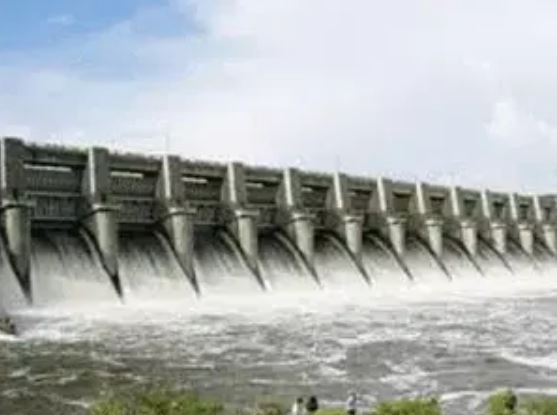Residents across 11 Nigerian states are facing heightened anxiety as water is being released from the Lagdo Dam in Cameroon. This release comes after heavy rains and the recent collapse of the Alau Dam in Maiduguri, which caused significant damage. Now, coastal states along the Benue River are preparing for potential floods.
What Led to the Panic?
On September 17, 2024, the Nigeria Hydrological Services Agency (NIHSA) issued a serious flood warning to the public. The warning indicated that about 11 states could face severe flooding due to the water being released from Lagdo Dam. Although the recent devastation in Maiduguri wasn’t caused by this, the memories of past floods are still fresh, and residents fear the worst.
States Likely to Be Affected
The states expected to be hit include:
- Adamawa
- Taraba
- Benue
- Nasarawa
- Kogi
- Edo
- Delta
- Anambra
- Bayelsa
- Cross-River
- Rivers
These states are all located along the Benue River, making them particularly vulnerable to rising water levels.
Urgent Call for Preparedness
NIHSA has urged both the public and local authorities to stay on high alert. People living in flood-prone areas should take immediate action to relocate to safer grounds, while governments are being advised to set up proper preparedness plans to handle the potential disasters.
Water Levels Already Rising
Reports from communities near the Rivers Niger and Benue suggest that water levels are already going up. Residents of low-lying areas, such as Irri in Delta State, have started moving to higher ground to avoid being caught off-guard by the floods.
The Warning from NIHSA
The Director-General of NIHSA, Umar Muhammed, emphasized that the water flow is expected to increase to 1000 cubic meters per second over the next few days. This would result from inflows from the Garoua River, which directly feeds the Benue River.
Governments Take Action
This news has triggered a flurry of activity across the affected states. Local governments are moving quickly to set up camps for internally displaced persons (IDPs) and ensure that citizens in vulnerable areas can be relocated as soon as possible.
NEMA Confirms the Situation
Ezekiel Manzo, the spokesperson for the National Emergency Management Agency (NEMA), confirmed that the water release from the Lagdo Dam is ongoing. This release is necessary to prevent the dam from overflowing, which could lead to a catastrophic failure. He warned that a breach of the dam would cause far more damage than the current controlled release.
What Can Be Done?
While the release of water from the Lagdo Dam can’t be stopped, the best course of action is for people in at-risk areas to move to safer grounds. Local authorities must also be proactive in their disaster management efforts to minimize the impact of any potential flooding.







